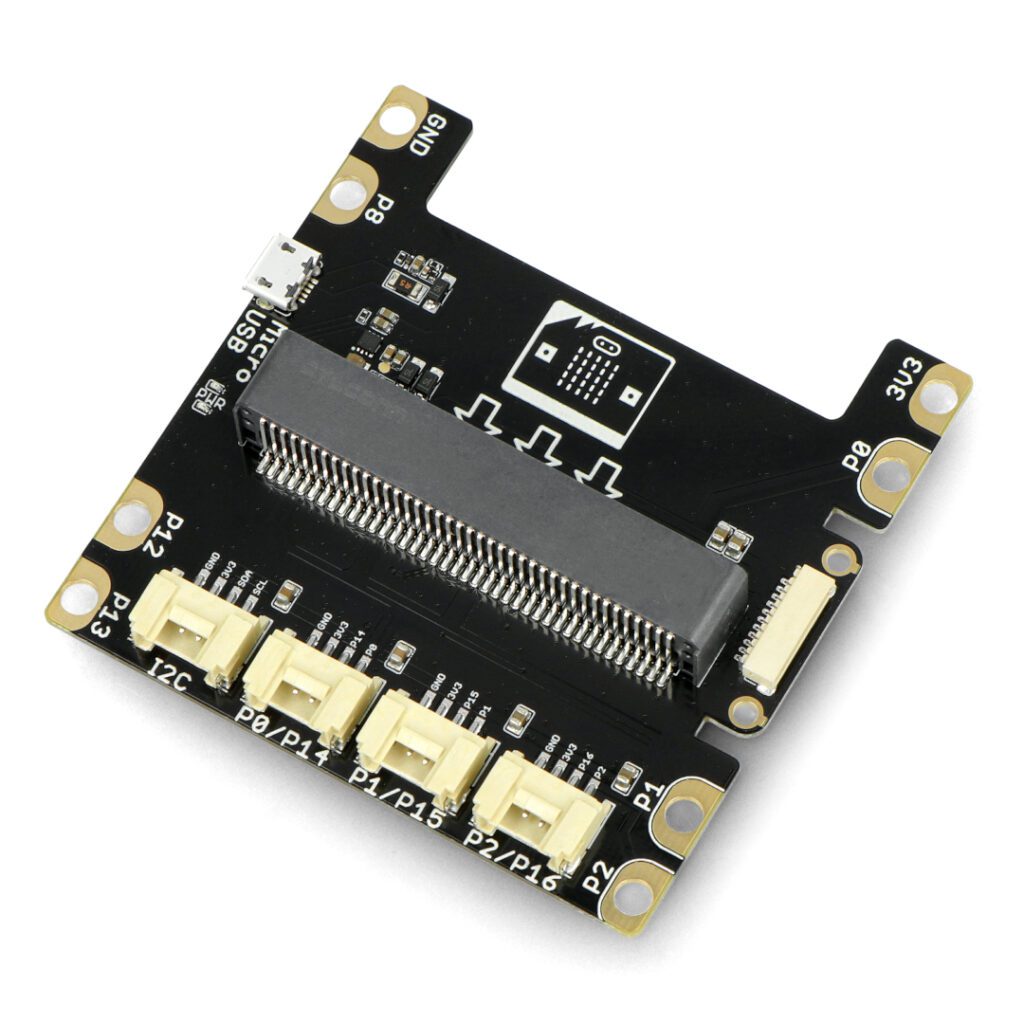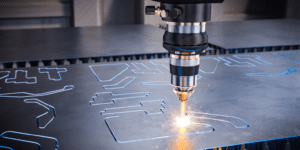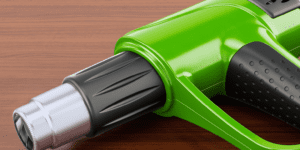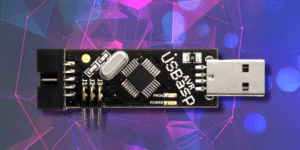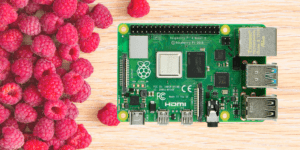Spis treści:
- 1 Micro:bit minicomputers - key information
- 2 Micro:bit - advantages of a pocket computer
- 3 Micro:bit technical specifications
- 4 Other parameters of the Micro:bit development board
- 5 Micro:bit compatible extensions
- 6 Micro:bit housings and accessories
- 7 Other peripherals for Micro:bit
- 8 How do I connect the development board to the phone?
Micro:bit is a series of easy-to-use minicomputers designed by the BBC. Minicomputers are designed for, among other things. to popularize technical sciences among children and young people of all ages.
Micro:bit minicomputers - key information
Micro:bit minicomputers are distinguished by their small size and enormous capabilities. The development board makes it easy and accessible to understand the basics of how hardware and software work together. Micro:bit BBC is a series of pocket-sized minicomputers designed to encourage children of all ages to learn, among other things electronics.
The Micro:bit single-board minicomputer is equipped with an energy-saving LED display, various inputs, outputs and sensors. They make it an excellent educational platform for understanding basic programming and electronics. Micro bit comes in the form of kits that, in addition to the main device, include compatible accessories that extend the capabilities of the minicomputer. Boards without additional peripherals are also available.
Micro:bit - advantages of a pocket computer
Micro:bit minicomputer is distinguished by its simple and intuitive operation and affordable price. In addition, the development board has been designed to ensure compatibility with the Raspberry Pi. The pocket computer series is designed for children from about 8 to about 14 years old. In addition, the BBC has prepared materials for use by teachers and parents who want to teach children.
Micro:bit technical specifications
BBC micro:bit is powered by a powerful and energy-efficient 32-bit microprocessor. The chip is equipped with an ARM Cortex M0 core (or ARM Cortex M4 in the case of the board BBC micro:bit 2). Because the micro:bit is not used as a standalone computer, many users call it a microcontroller.
The development board also includes Bluetooth modules for wireless communication. In addition, the microcontroller is equipped with an accelerometer, a sensor that measures angular and linear acceleration. In other words, it measures shallow movement. The BBC micro:bit also has a built-in magnetometer used to measure the magnetic field.
Other parameters of the Micro:bit development board
The microcontroller has a built-in 5 × 5 LED display, as well as buttons tact-switch. Power supply to the development board can be implemented in two ways. The first is a microUSB port (5V power supply), while the second is an edge connector or battery (3V power supply). The physical dimensions of the Micro:bit microcontroller are 50 mm x 40 mm. The most commonly used power supplies designed to provide power to the development board have an AC input current of 100 V to 240 V with a frequency of 50 Hz / 60Hz. On the other hand, the DC current output has a DC voltage of 5.1 V and an amperage of 2.5 A.
Connecting the development board to the computer, the device is visible as a standard Flash memory. After loading the finished script, you can start working with the device. All functions and procedures of the microcontroller have been simplified as much as possible, so the board can be successfully operated by children. In addition, the entire programming process can be carried out in the simple and intuitive Microbit editor or using the web editor.
Micro:bit compatible extensions
Additional extensions compatible with Micro:bit allow the board to be customized for a specific project or purpose. The most popular of these are modules that allow you to create a weather station based on a microcontroller.
Extensions that allow you to create your own game console are also very popular. It is also worth paying special attention to the extensions that allow you to design your own smartwatch. In addition, various types of adapters can be connected to the microcontroller. With them, there is no need to solder components. The use of extensions allows a large number of components to be connected quickly. A good example is Gravity brand modules and sensors. In addition, a small LCD screen, for example, can be connected to the Micro:bit microcontroller, where the user can read the variable parameters that have been set in the software.
Micro:bit housings and accessories
The Micro:bit board can be used as part of a larger project. With compatible sockets for boards equipped with 40 leads, you can connect all sorts of accessories and devices to the microcontroller. Mounting of external peripherals is done through PCB mounting. Also noteworthy are overlays with joysticks, LEDs and speakers.
A separate group of accessories compatible with the Micro:bit are housings. Selected models protect the microcontroller from the deposition of dust and other contaminants, among others. On electronic pathways. Cases made of lightweight and durable plastic are also a good choice. Models of this type provide effective protection against mechanical damage to the microcontroller (e.g., due to a fall).
Other peripherals for Micro:bit
Motor and servocontrollers can also be connected to the Micro:bit development board, which works well, among other things. In the process of constructing robots. Various types of pinout expanders, which expand the possibilities of using the board.
Particularly noteworthy are special adapters from the leads on the development board to popular male goldpins, characterized by the same raster as that of the contact board.
How do I connect the development board to the phone?
To connect the development board Micro:bit is required an installed application for an Android phone. The software can be downloaded from the Google Play Store. The application will search for a BBC micro:bit located near the phone. In the next step, the devices will be paired with each other, and thus connected.
How useful was this post?
Click on a star to rate it!
Average rating 5 / 5. Vote count: 1
No votes so far! Be the first to rate this post.


